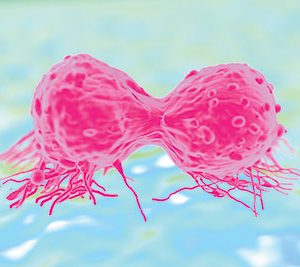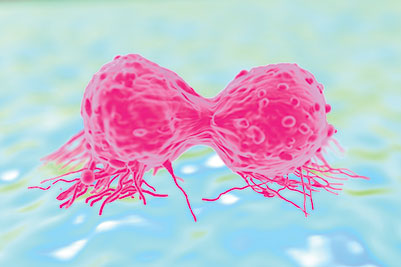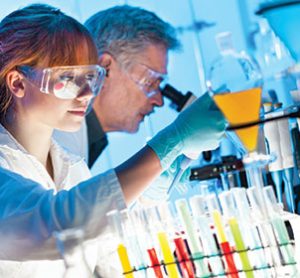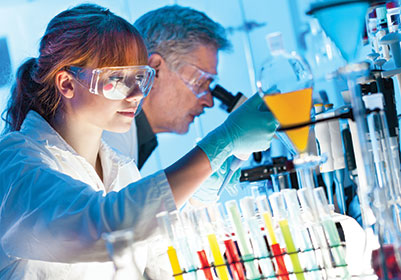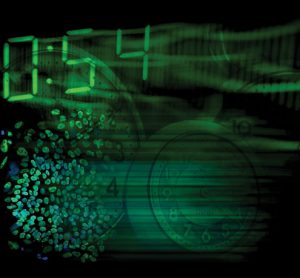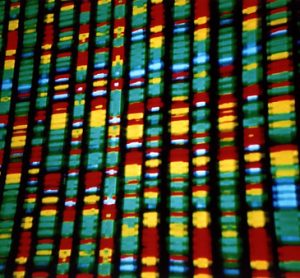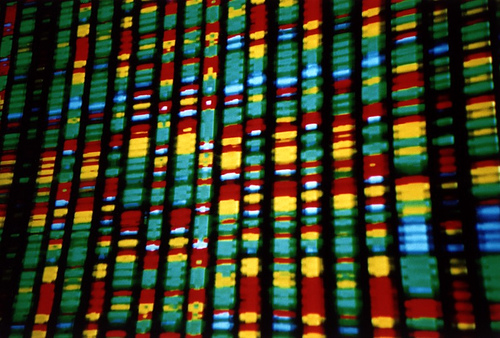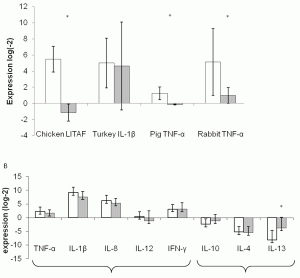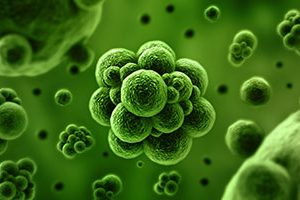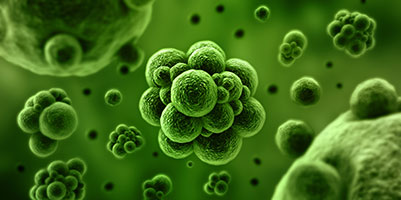Implementation of appropriate assays and HTS technologies in drug discovery
9 May 2010 | By Sheraz Gul, Vice President, European ScreeningPort GmbH
In this article, an overview regarding advances in assay formats for specific target classes and options that should be considered when considering hardware will be given. There has been a significant growth in the assay and automation technologies that are available for compound screening activities and it is essential to…



